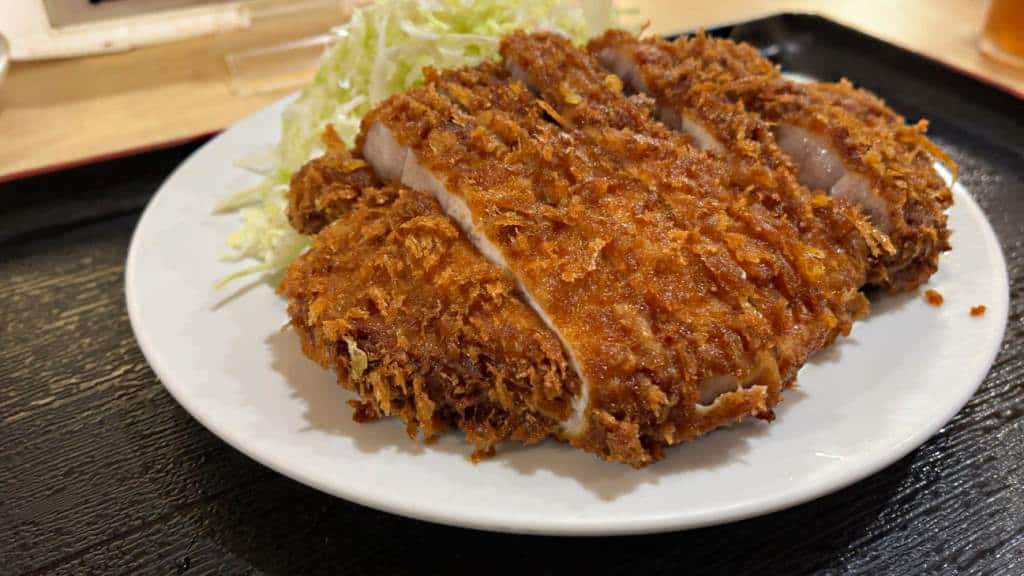Japanese cuisine– tag –
-

Yoshoku (洋食)
Within the world of Japanese food, you find two main styles: traditional Japanese food, called washoku, and a more recent style called yoshoku. Yoshoku means "Western food," but it is much more than that. It is a unique kind of food crea... -

Japanese Fried Food Secrets: Making Your Cooking Oil Last Longer
Japanese fried food relies heavily on frying oil. This oil can be costly and prone to rapid deterioration if not managed properly. However, Japanese chefs have developed time-tested techniques to extend oil life. These methods maintain t... -

Houonkou ryori (報恩講料理)
Japan has many regional dishes deeply rooted in history and culture, and one of these is Houonkou ryori (報恩講料理). Houonkou ryori (報恩講料理) is a vegetarian feast served during the Jodo Shinshu Buddhist memorial festival, Houonkou. ... -

Yakumi (薬味) : The Unsung Heroes of the Dining Table
Adding color and flavor to dishes, yakumi are an indispensable part of our food culture. As with the green onions that adorn soba noodles or the wasabi that accompanies sashimi, they serve as the brilliant supporting actors that elevate ... -

Why Japanese Cuisine is Perfect for Corporate Gatherings
In corporate gatherings, food is more than just a meal; it’s an experience that can foster relationships, spark conversations, and leave a lasting impression on your guests. With its unique combination of flavors, textures, and presentat... -

Washoku (和食)
Washoku, a culinary tradition from Japan, is much more than just a way of preparing and enjoying food. It's a fascinating journey into a world where culture, nature, and flavors come together to create a unique and profound dining experi... -

Shojin ryori (精進料理)
Have you ever heard of Shojin cuisine? This is a branch of Japanese cuisine and is now attracting worldwide attention due to healthy food trend. Daikon radish, tofu, yuba, sesame tofu, namafu, konnyaku, and pumpkin are often us... -

Kaiseki ryori (懐石料理)
"Kaiseki cuisine" has a strong image of being a luxurious meal served at a restaurant. In this article, we will trace kaiseki ryori back to its origins and introduce the reasons behind its form. We will also introduce some delicious rest... -

Tonkatsu (とんかつ)
Introduction to Tonkatsu Tonkatsu, also known as pork cutlet, is a traditional Japanese dish in which slices of pork tenderloin are breaded and deep fried. It is usually served with a sweet and spicy sauce. Tonkatsu is a unique dish that... -

Kusaya (くさや)
Kusaya is characterized by its unique aroma and umami. Kusaya is not the name of a fish, but a fermented food made from fish. The smell of such kusaya is intense, but for those who like it, it is delicious. In this article, we will intro...
12















